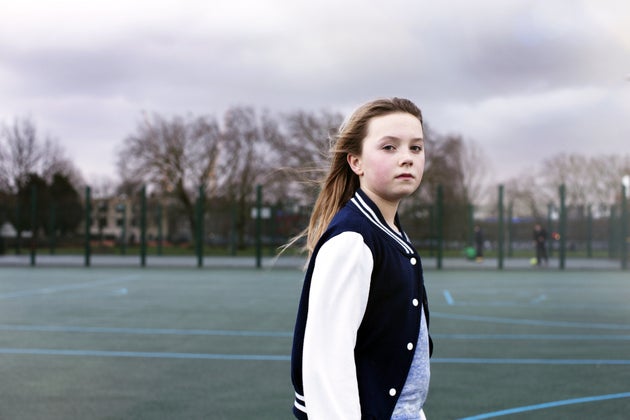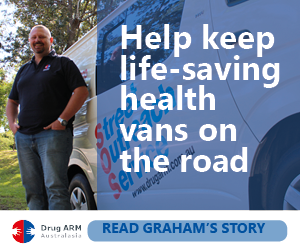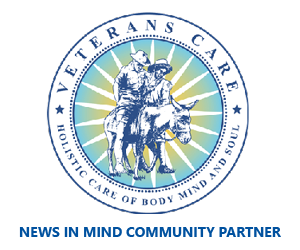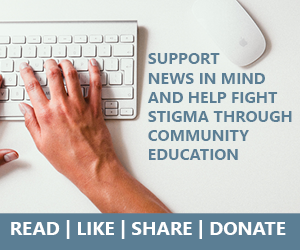But actually more than two thirds of children in the UK are likely to have experienced a traumatic event by the age of 16, according to chartered clinical psychologist Dr Camilla Rosan, who helped to write the guide for social workers looking after the families affected by the Grenfell Tower fire.
Like adults, all children will have different reactions to a traumatic event, and how they react may depend on a combination of their age, personality and previous life experience.
Why might a child suffer from PTSD?
The charity PTSD UK says that at the most basic level, PTSD is a “memory filing error” caused by a traumatic event, which and can affect anyone, regardless of their age.
According to PTSD UK the defining characteristic of a traumatic event is whether or not it has the “capacity to provoke fear, helplessness, or horror in response to the threat of injury or death” so consider the event in those terms.
“PTSD can occur after directly or indirectly experiencing a traumatic event that puts you or someone close to you at risk of serious harm or death,” said Dr Rosan, programme lead at the Mental Health Foundation.
“This can be anything from a road accident, to experiencing or witnessing violence or human accidents.”
What are the signs of PTSD in a child?
As with adults, the way children react to a trauma is likely to be individual to them as a person, but there are some tell-tale symptoms of PTSD that parents can be alert to.
Dr Rosan advised that it is likely children, who are older than toddlers, will experience a physical response, with symptoms such as an increased heart rate, sweating, rapid breathing and changes in appetite.
Your child might also become preoccupied with thoughts or images of the event or start experiencing nightmares and worrying that it will happen again.
“You may notice that they are less able to concentrate or they become easily distracted,” said Dr Rosan.
“A sudden onset of intense emotions is also to be expected – such as fearfulness, increased anxiety, anger or irritability.”
For younger children, physical symptoms might not be reported in these terms and instead they might tell you they have a headache or stomach ache.
“There may also be changes in their behaviour such as becoming jumpy, finding it hard to sleep, having temper tantrums or being disobedient, or being overly clingy compared to usual,” said Dr Rosan.
“Regressive behaviours are common, such as a resurgence of bedwetting or thumb-sucking.”
If you are worried your child is displaying any of these behaviours, visit your GP.
Is it possible that my child could have PTSD without symptoms?
Your child might not start displaying symptoms of PTSD straight after the event, as they are still processing what they have been through.
Dr Rosan explained: “It is important that any therapy should take place at least one month after the traumatic event (the stage you can receive a PTSD diagnosis).
“There is little evidence to support immediate ‘incident debriefing’ and some studies indicate that it can be re-traumatising for children and lead to an increase in symptoms.”
How can PTSD be treated in children?
According to NHS Choices, for children and young people with PTSD trauma-focused cognitive behavioural therapy (CBT) is usually recommended.
What can parents do to help a child with PTSD?
Once your child has been diagnosed with PTSD, parents should take an active role in the recovery: A spokesperson for mental health charity Young Minds explained it is important for parents to ensure their children know “you are there to keep them safe”.
“Make sure they know you love them and are proud of them,” the spokesperson said.
“Even when things are busy or stressful, and it feels like you are in survival mode, a word or a hug can reassure them a huge amount.
“Praise them for what they do well, and encourage them to try new things.
“Be honest about your feelings – you don’t have to be perfect. We all get things wrong and shout or say unkind things from time to time.
“If this happens, say sorry to your child afterwards and explain why it happened, They will learn from you that it’s OK to make mistakes and that it doesn’t make you a bad person.”
But also, don’t be worried about maintaining boundaries if your child is acting out.
“Be clear about what is and isn’t acceptable – and tell them why,” they added.
“Children need to know what is OK and what isn’t, and what will happen if they cross the line.
“Follow through on what you say as otherwise they may get confused or stop respecting the boundaries.
“Own your own role – you are the parent, so don’t be afraid to take tough decisions.
“If your child sees you are scared of their reaction and always give in to them, it can make them feel very powerful, which can be frightening for them.”
This piece by was first seen on ‘HuffPost UK ‘ 31 October 2017.

























